Our world revolves around content. Whether you’re on the Internet, watching television, or you’re out for a cup of coffee.
Content has been around us for decades and will stay until the end. With so much content around us, it has become difficult to not only create quality content but also market it effectively.
According to Hubspot’s State of Marketing Report for 2020, over 70% of marketers are actively investing in content marketing.
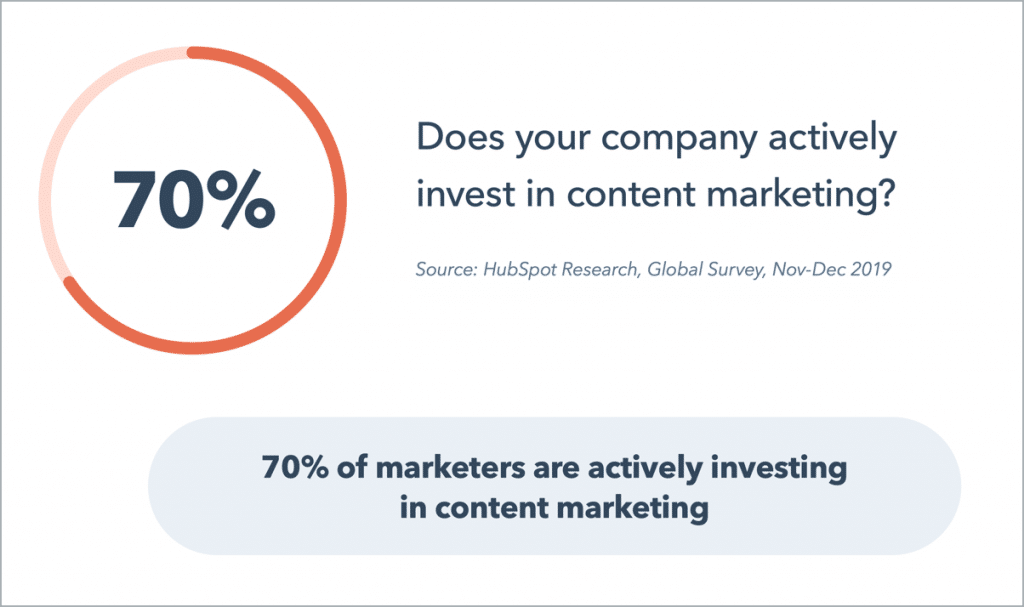
So, what’s content marketing all about?
That’s what I’m going to answer in this guide. I’ll give you a simplified overview of content marketing, various content marketing examples, and how you can get started with content marketing.
Let’s dive in.
What is Content Marketing?
Everyone has their own definition of content marketing. But it all boils down to this:
Content Marketing is a method of creating and distributing relevant content consistently to a well-defined audience in order to attract profitable customers.
Quite simple, right?
Well, not really.
There’s a lot more to content marketing than just creating and distributing content. And I’ll be talking about that in detail in this guide.
But before that, let’s take a look at why content marketing is important.
Why Content Marketing?
You must be wondering:
What’s so special about content marketing? Why do I need content marketing?
To help you explain that, let’s look at the looking glass the other way.
Imagine you’re creating content for your business with no plan or strategy. You are just creating content and aimlessly distributing it.
This is like throwing spaghetti on a wall and hoping it to stick.
Without content marketing, you won’t be able to create the content your audience wants resulting in no customers. For all we know, you might even be targeting the wrong audience!
Proper content marketing gives clarity about your business goals and how to achieve them using content.
With content marketing, you’ll be able to:
- Improve your brand reputation by building trust.
- Educate your audience about your products or services.
- Create better social interaction with your audience.
- Generate leads and conversions for your business.
- Increase audience retention compelling them to come back.
- Establish authority in your industry and set yourself apart from the competition.
These benefits of content marketing go far beyond and can help you strengthen your business resulting in more customers.
Content Marketing Types & Examples
Now that you know what content marketing is and why it’s important, let’s take a glance at some content marketing types and examples.
Blog Posts
Blog posts are a very powerful way of content marketing as they can be used in various ways in your content marketing funnel.
You can create blog posts to educate your audience about your products, help them solve their problems, and do a lot more.
At Ultimate Blocks, we heavily use blog posts to educate our audience about our products and help them solve their problems. This helped us gain over 30,000 users for our WordPress product.
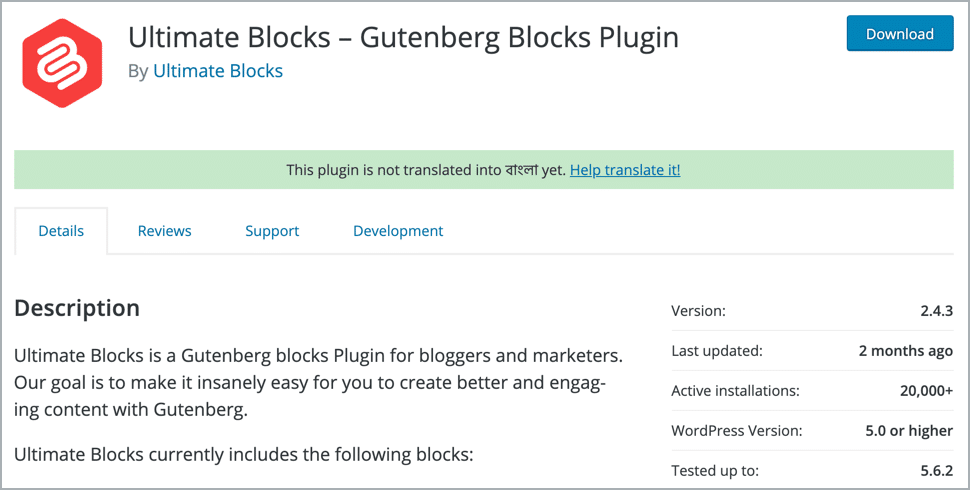
Visuals
Visuals can be anything like an infographic or an Instagram carousel post. Visuals are very powerful in capturing user attention as they contain short statements that are easy to understand.
In fact, photos and images are the most used content type on social media for user engagement.
KISSMetrics used Infographics alone to generate 2M+ visitors and 40K backlinks to their website.
Videos
In 2020, videos overtook blogs and infographics as the #1 form of media in content strategy. Companies are now spending more than ever on video content. Why?
Because it sells.
More and more consumers have started interacting with brands through video which helps in increasing conversions, improving ROI, and overall building better relationships with the audience.
The best thing about video content is that it can be distributed easily on different platforms such as social, websites, landing pages, or even email.
And no one is better than Dollar Shave Club when it comes to video content. Their approach to creating humorous content has allowed their videos to go viral multiple times.
Podcasts
With over 37% of adults listening to podcasts, companies and creators of all forms have started creating their own podcasts.
With podcasts, you have freedom of talking about a wide spectrum of topics attracting your audience much easily. Moreover, podcasts also allow you to invite guests, do special segments, etc which helps build a much better connection with the audience.
And podcasts can be distributed on different platforms like Apple Music, Spotify, Google Play Music, etc which makes it easy for your audience to discover and consume them.
A great example of using podcasts is The Rework Podcast by Basecamp. This podcast is about improving the way you work and run a business.
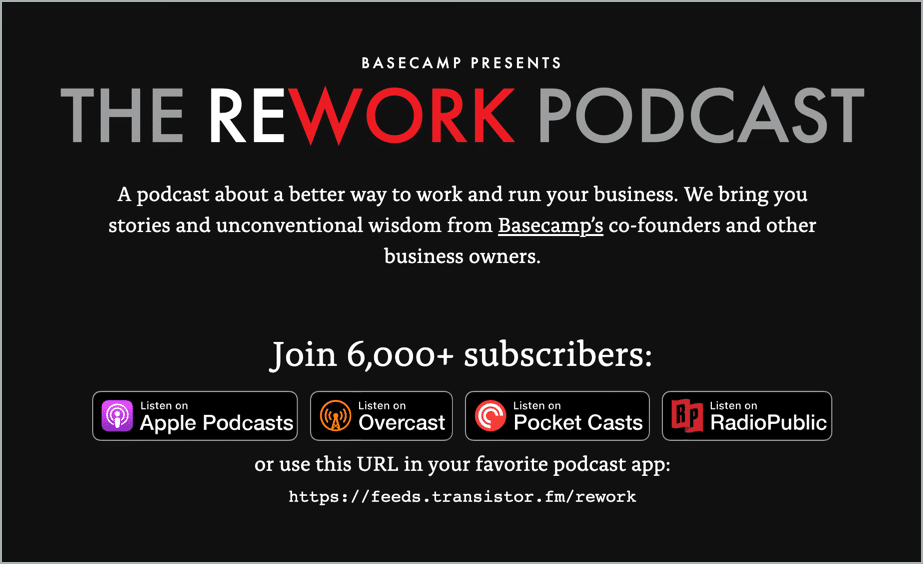
With this podcast, Basecamp is able to convince people to use their product which is all about working and running a business efficiently.
Books
Books or eBooks are a great way to attract people who are already in your marketing funnel. With books, you can deliver information in exchange of their information like their name and email.
This helps in generating leads that can be later converted by delivering them more content about your product or services.
A great example that comes to mind is the Link Building ebook by Search Engine Journal.
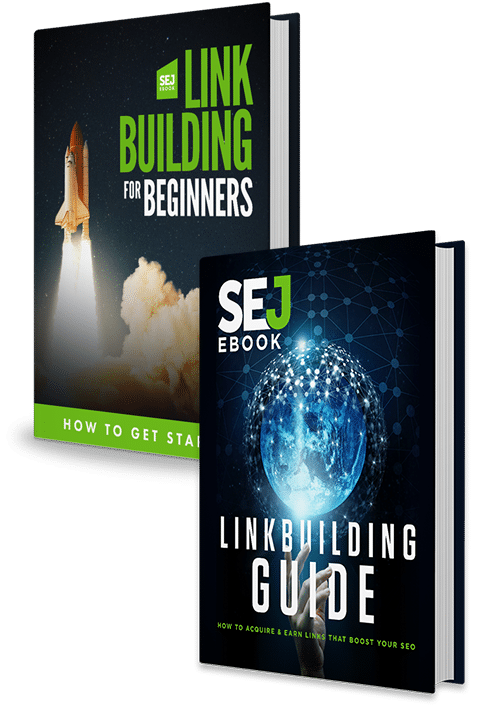
This 69-pages long ebook explained link building from every angle possible and helped them generate a lot of email subscribers.
Others
Besides the above content types, there are many other forms of content types such as email, whitepapers, checklists, quizzes, slide decks, presentations, and more.
You can use these types of content to generate leads, interact with your audience, or build brand trust.
Get Started With Content Marketing
Now, it’s time to formulate a content strategy. You’ll find hundreds of articles on the internet with different content marketing strategies.
But, if you’re new to this, it’s better you start in a simple fashion. And that starts with a proper definition of your goals.
Define What You Want From Your Contents
So you know that you want to get started with content marketing. The important question you need to answer now is:
What do you want to achieve from content marketing?
Is it more leads, customers, visitors, or brand awareness?
Whatever it is, you need a crystal clear definition of your content marketing goals. To do that, you have to set some SMART goals.
Here, SMART means:
Specific: Set goals that are specific so that you can clearly understand them. Instead of saying “I want to grow my website traffic”, say “I want to drive more organic traffic to my website”. The more you narrow down your goal, the better.
Measurable: Your goals should always be measurable. A goal to increase website traffic is useless if you can’t measure it. A proper goal would be to publish a specific number of posts to increase traffic.
Achievable: It’s good to shoot for the stars. But when it comes to content marketing, you need to face the ground realities and set achievable goals. What this means is do you have the resources, time, budget, or team to achieve the goal?
Realistic: Your goal needs to be realistic so that you can achieve it. You will face many hurdles to achieve your goal so it better be realistic.
Time-bound: Set a proper time frame to achieve the goal. A goal to increase your website traffic can be achieved in 3 months or it could take one year. By setting a time-bound goal, you will have some sense of pressure and accountability.
Once you use this formula to set your content marketing goals, you’ll be able to set goals that is both realistic and achievable.
Here’s an example of what a SMART goal would look like:
“I want to increase my organic traffic by 30% in the next 6 months.”
While setting a content marketing goal, you also need to determine the key KPIs you’ll be using to measure your goal.
KPIs or Key Performance Indicators are quantifiable data points that help you measure your goal performance.
Without KPIs, you’ll have no idea whether you’ve hit the right target. Also, it’s important to select the right KPIs for your goal.
In the above example goal, the right KPI would be site traffic, organic traffic, backlinks, etc.
Similarly, if your goal is to increase brand awareness, your KPIs would be site traffic, social media followers, brand mentions, etc.
Once you have a clear definition of what you want to achive from content marketing, you’ll be set on the right path to achieve those goals.
Determine Your Target Audience
Your content marketing efforts can go to waste if you have no idea who your target audience is. To define your target audience or ideal customer, you need to ask yourself these questions:
- Who are they?
- What do they want?
- What are they struggling with?
- What is their age?
- Where do they live?
- What is the size of their business?
You can find all this by listening to your existing audience if you have one or checking out your competition.
Once you gather all that data, you’ll have an idea of who your ideal customer is. If you’re still struggling with understanding your target audience, you should try creating user personas.
A user persona is a representation of your ideal customer. This is what a user persona looks like:
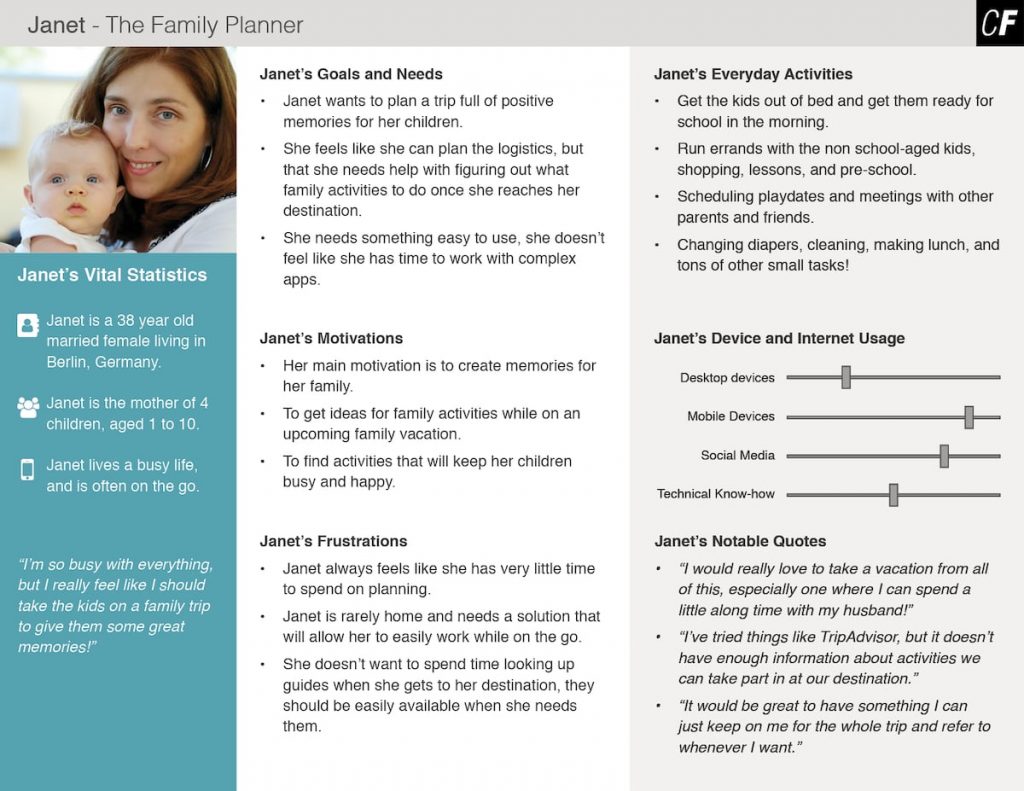
With a proper user persona, you’ll have a clear understanding your target audience and ideal customer which will later help you craft proper content for them.
Figure Out What Information They Need
Once you have a user persona ready that defines your target audience, your next step is to figure out what information they need.
In this step, you need to go through the different content types and decide what type of content your audience would consume that would help them.
You can also check your competition and see what type of content they are creating for their audience. To go further, you can check their top-performing content using tools like Buzzsumo and Ahrefs.
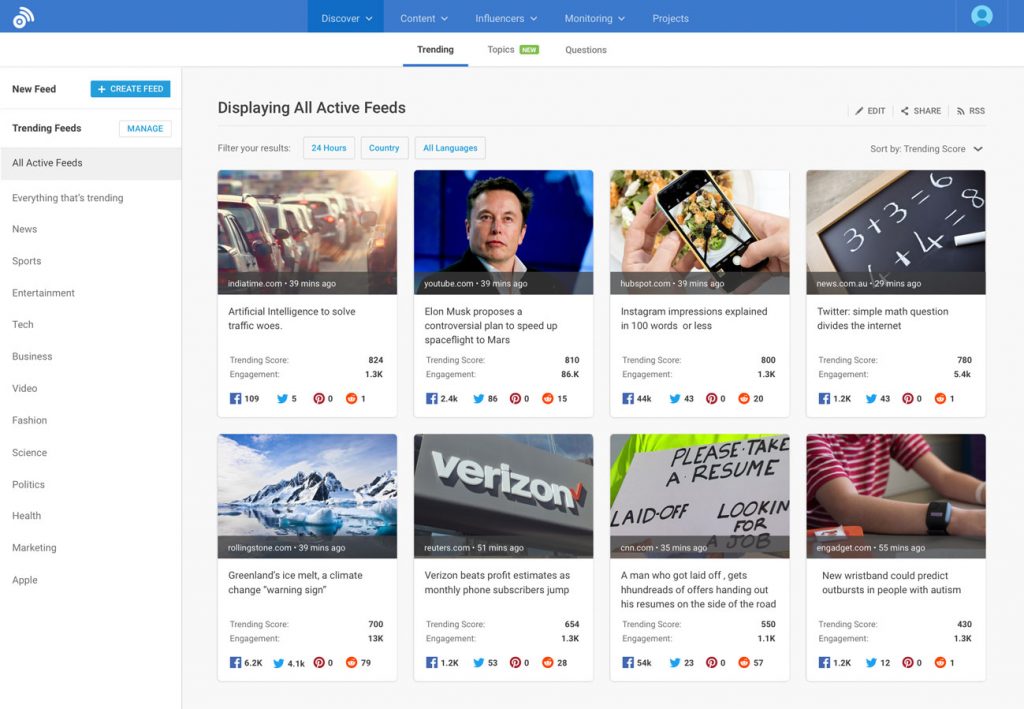
This way, you’ll know what works for your audience.
Decide How To Say It
It’s time to decide the channel where you’ll be distributing your content. Depending on the content types, your distribution channels will be different.
For example – if you’re creating blog post content, your channel will most probably be your website itself.
For video content, the channel can be different social platforms, your website, landing pages, etc.
Promote Your Content To Reach Them
The last step is promoting your content to get more eyeballs to it. Content promotion is not just sharing your post on social media and waiting for traffic and leads.
With so much content being published every day, the content promotion has become quite difficult. It’s basically become a race to capture the attention of your audience.
To promote your content, you can do the following:
- Share on social media
- Share it with your email subscribers
- Reach out to influencers
- Run paid ads
There are so many ways to promote your content but you don’t have to follow every tactic out there. Just pick those tactics that work and focus on driving results.
To make sure you promote your content properly, create a marketing or social media calendar where you can schedule your content for promotion.
This will help you to stay ahead of schedule and promote content more effectively.
Conclusion
An effective content marketing plan with proper execution can take you a long way and help you grow your business a lot.
When it comes to content, there is a lot you can do and it becomes easy to get lost in the sea of ideas and opportunities.
But all of this can fail if you don’t have a proper plan in place. To get started with content marketing, all you have to do is to create a well-defined strategy and work on it religiously.
Once you do that, you’ll start to see the fruits of your labor and your business will grow in terms of recognition and revenue.
That’s all you need to know about content marketing. Have any questions? Ask them in the comments below!
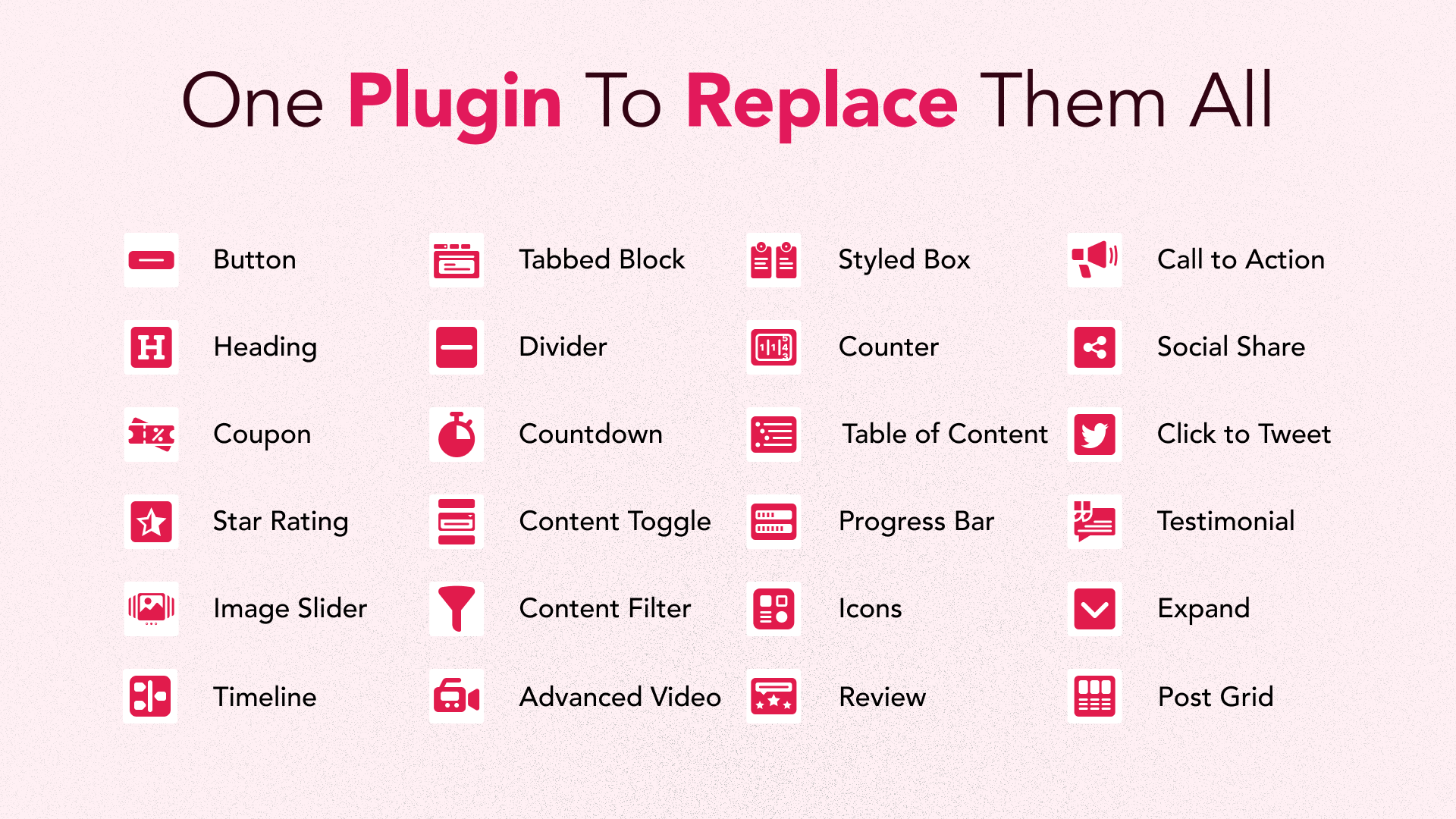
Leave a Reply